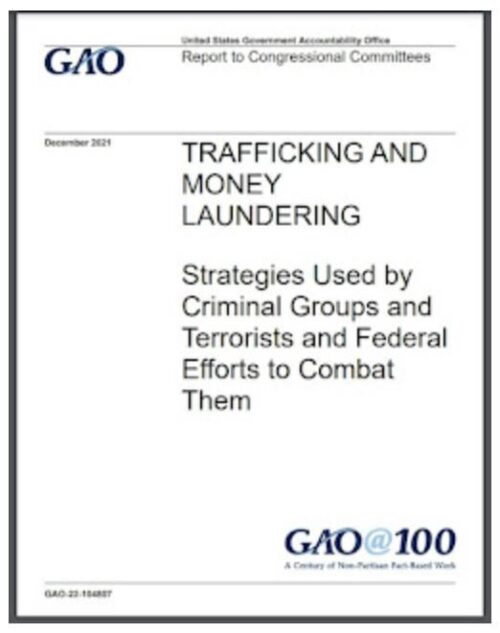Afghanistan | antiquities trafficking | Cultural Property Implementation Act (CPIA) | forfeiture actions | looted antiquities | receiving stolen property statutes | statutes | UNESCO Convention (1970)
National Geographic’s “Who’s Stealing Afghanistan’s Cultural Treasures?” (August 1, 2013) offers valuable first-hand information about the looting and smuggling of Afghanistan’s archaeological treasures. So what could happen legally if stolen archaeological treasures from Afghanistan cross into the United States?
Federal prosecutors might apply the National Stolen Property Act (NSPA) to seize and forfeit any contraband objects pursuant to the Forfeitures and Other Penalties statute (19 U.S.C § 1595a) or pursuant to the Civil Forfeiture statute (18 U.S.C. § 981).
A prosecution of individuals under the NSPA (18 U.S.C § 2314, 2315) could also be initiated against those who knowingly transport, sell, or receive stolen Afghan objects. It should be noted that the antiquities separately or all together must be valued at $5000, and Afghanistan’s patrimony laws would have to be invoked. The country has adopted three such laws over the years, specifically the Code for the Protection of Antiquities in Afghanistan (1958), The Law on the Preservation of Historical and Cultural Heritage (1980), the Law on the Protection of Historical and Cultural Properties (2008).
Receiving stolen property statutes might also be enforced by state prosecutors. Unlike the federal NSPA, state receiving laws do not require a $5000 threshold amount. More importantly, if a dealer of art and antiquities is named as a criminal defendant, about 1/4 of the states–including art market rich New York–have laws that presume criminal knowledge. New York Penal Law 165.55, for example, states: “[A] person in the business of buying, selling, or otherwise dealing in property who possesses stolen property is presumed to know that such property was stolen if he obtained it without having ascertained by reasonable inquiry that the person from whom he obtained it had a legal right to possess it.”
Seizure of the Afghan antiquities and prosecution of criminals involved could also occur under the federal Archaeological Resources Protection Act (ARPA) (16 U.S.C. §470ee(c)).
There are no specific American import barriers authorized by the Convention on Cultural Property Implementation Act (CPIA) that protect archaeological or ethnological objects from Afghanistan. Afghanistan ratified the 1970 UNESCO Convention on the Means of Prohibiting and Preventing the Illicit Import, Export, and Transfer of Ownership of Cultural Property in 2005, but the country has yet to ask for a bilateral agreement with the U.S. that would trigger the CPIA’s import protections. And recall that emergency import restrictions envisioned by the Cultural Conservation of the Crossroads of Civilization Act, died in congress several years ago.
The CPIA 19 U.S.C. §2607 may be used, nevertheless, to target items imported into the U.S. that were stolen from a museum, religious institution, or public monument in Afghanistan. But this section of the law would not cover uninventoried archaeological objects stripped from the ground.
This post is researched, written, and published on the blog Cultural Heritage Lawyer Rick St. Hilaire at culturalheritagelawyer.blogspot.com. Text copyrighted 2010-2013 by Ricardo A. St. Hilaire, Attorney & Counselor at Law, PLLC. Any unauthorized reproduction or retransmission of this post is prohibited. CONTACT INFORMATION: www.culturalheritagelawyer.com
©2010-2022 Cultural Heritage Lawyer Rick St. Hilaire. Content discussing cultural heritage law, art law, looted antiquities, stolen artifacts, and museum risk management that is general information only, not legal advice.


